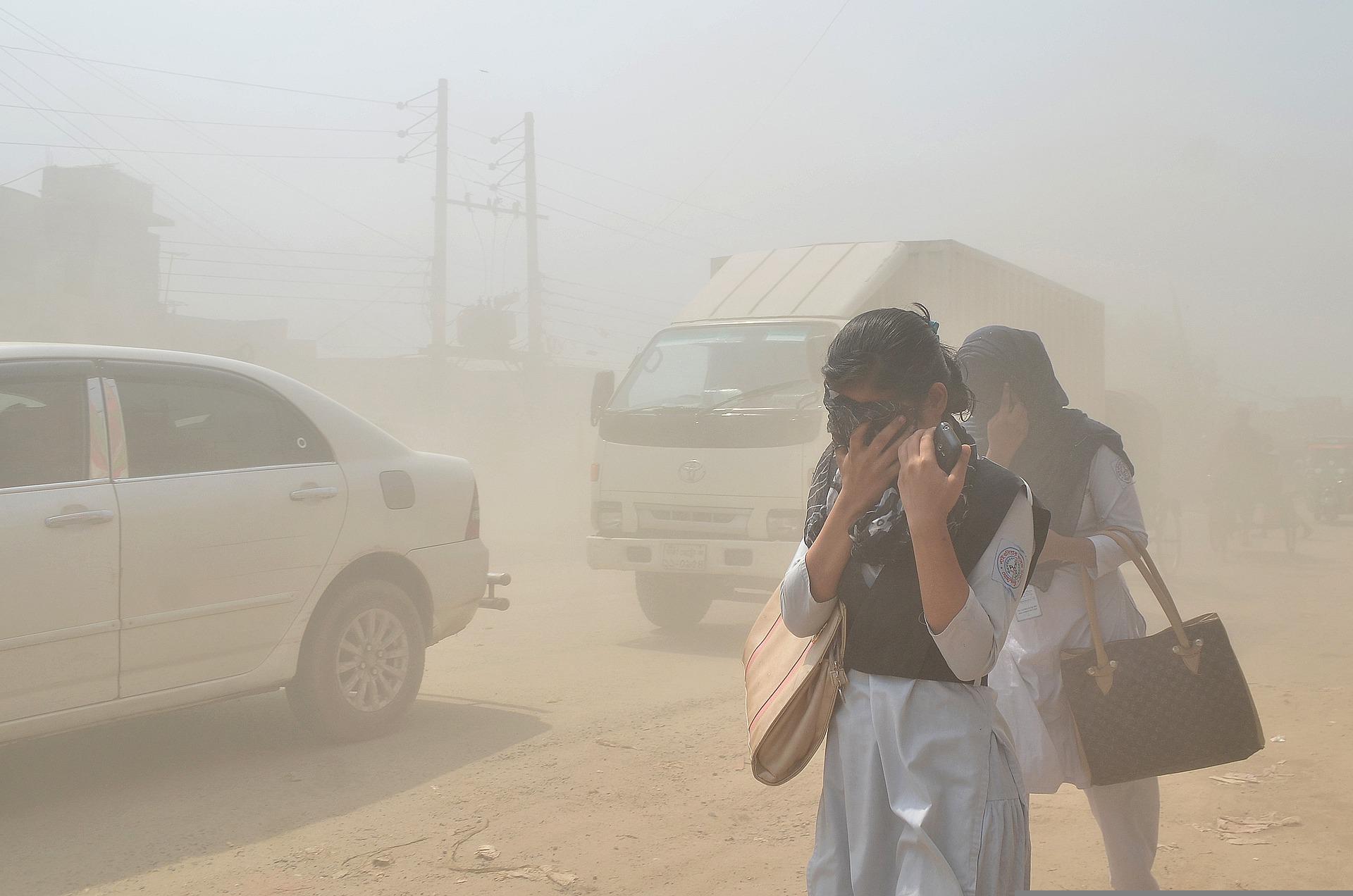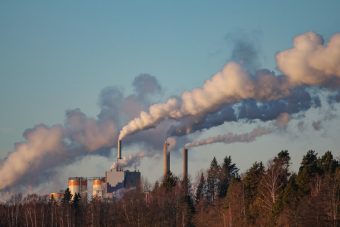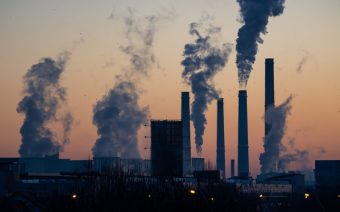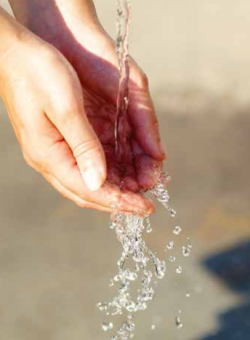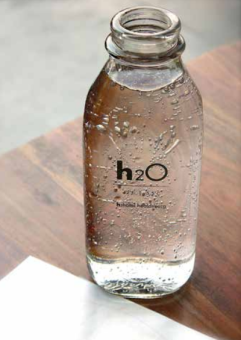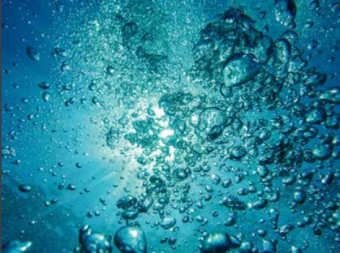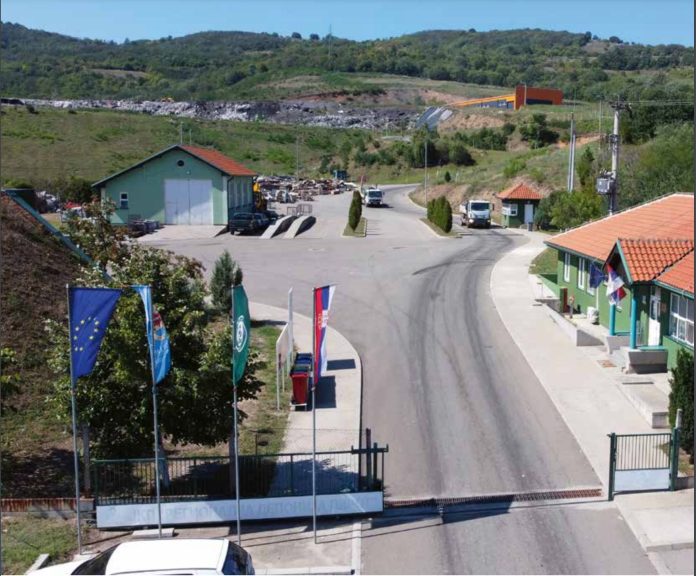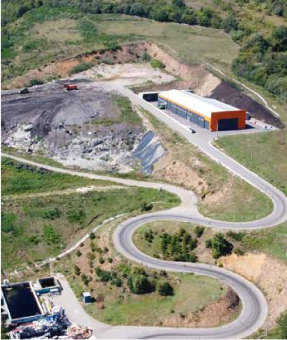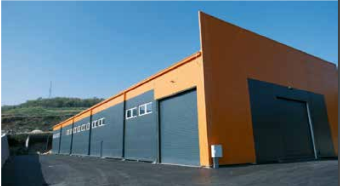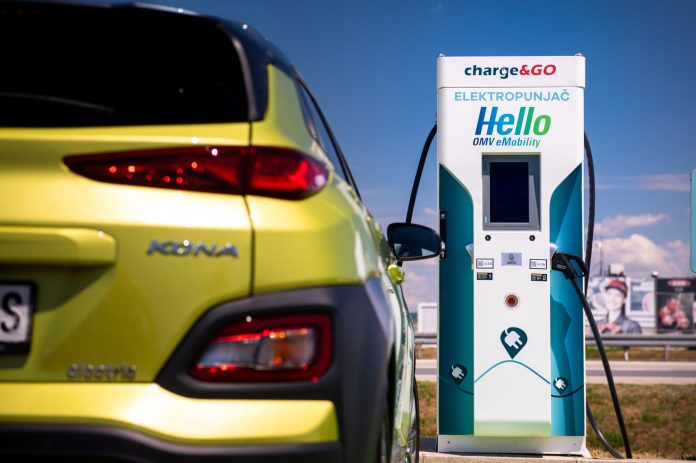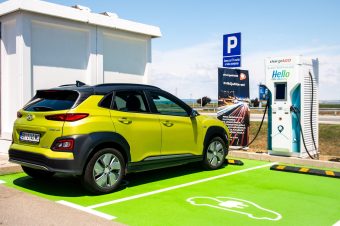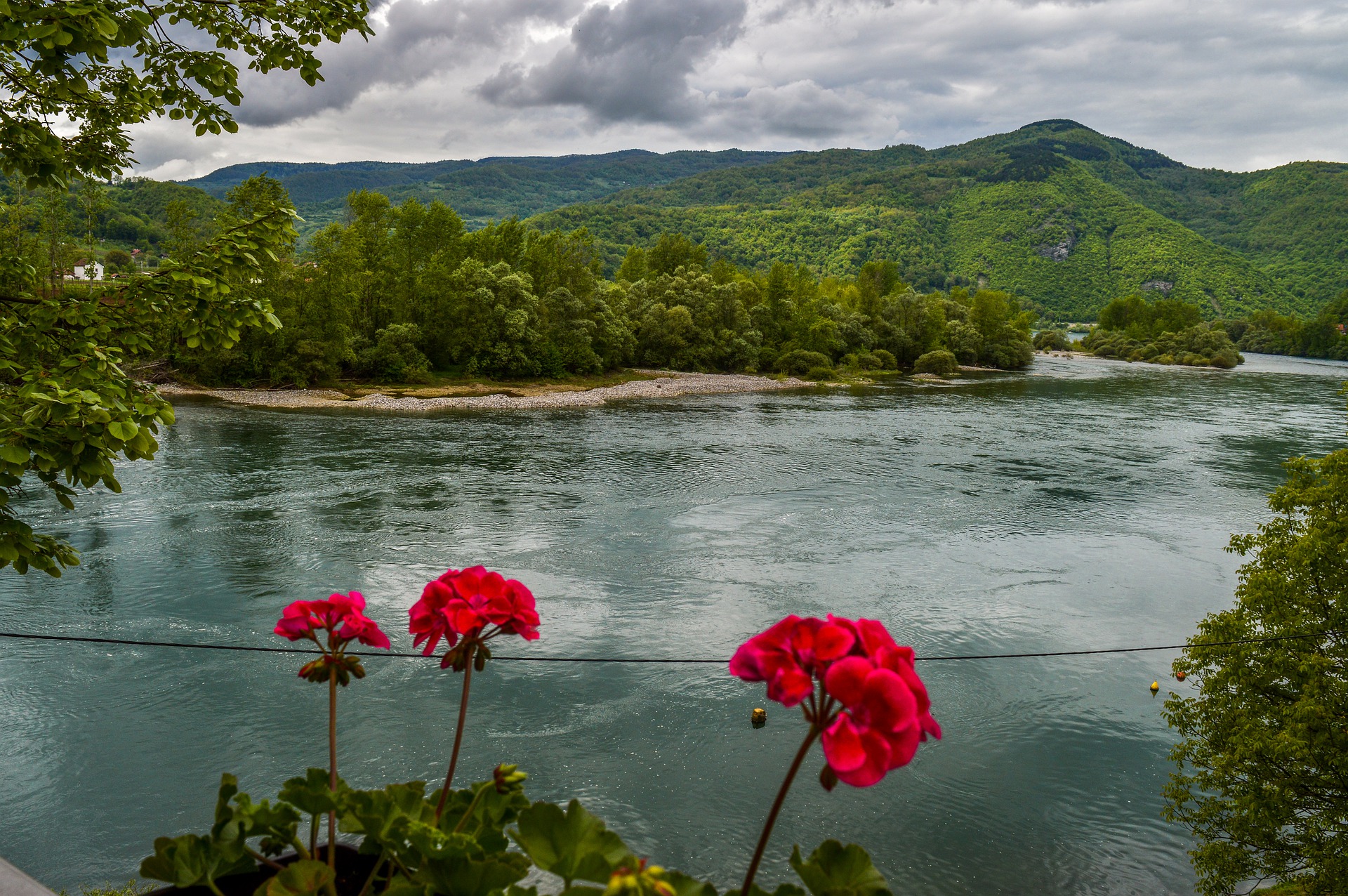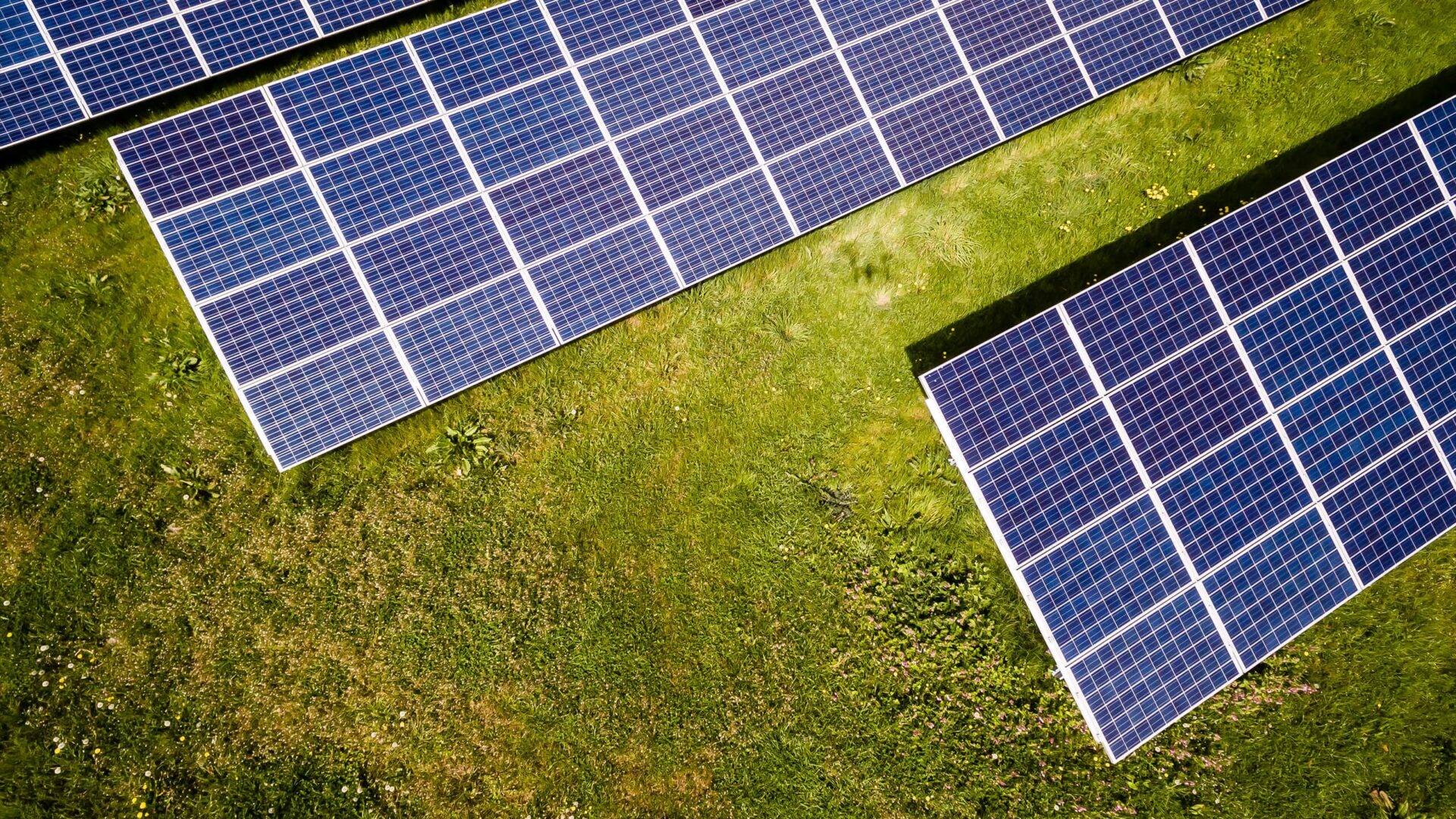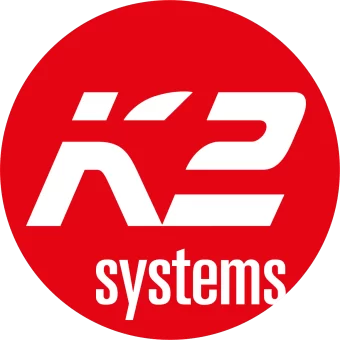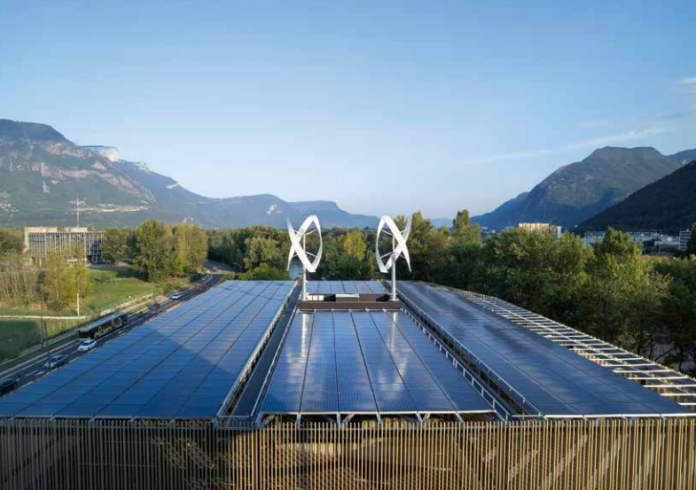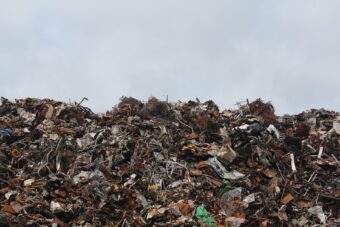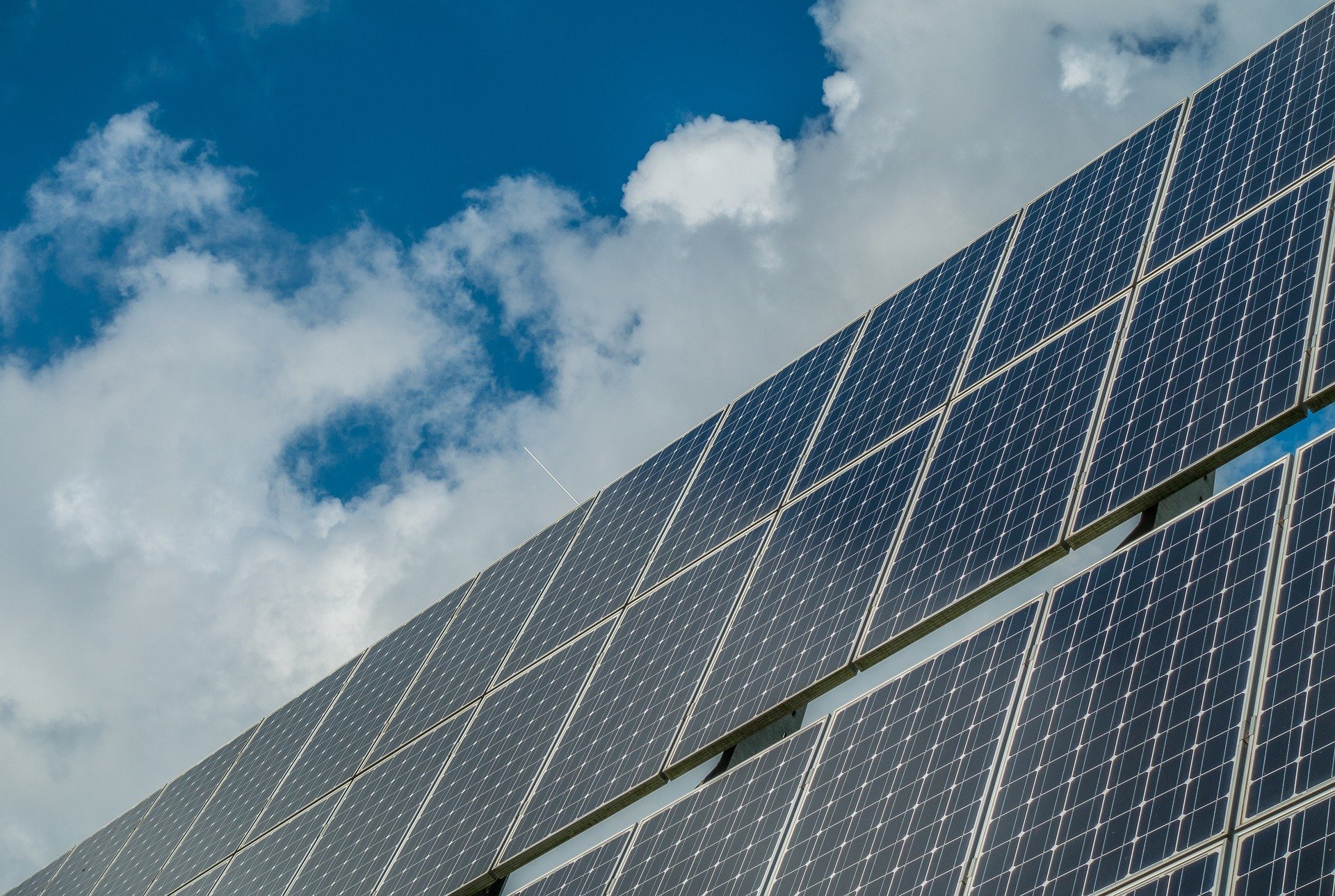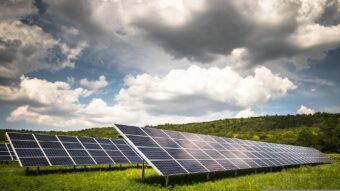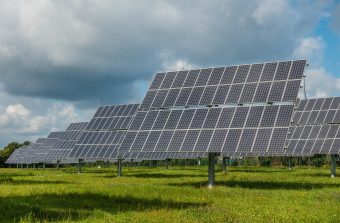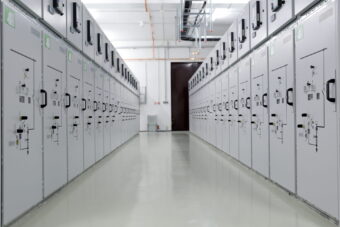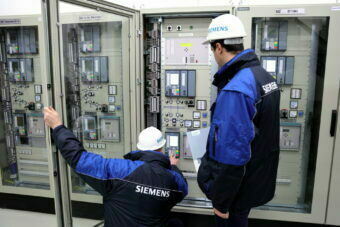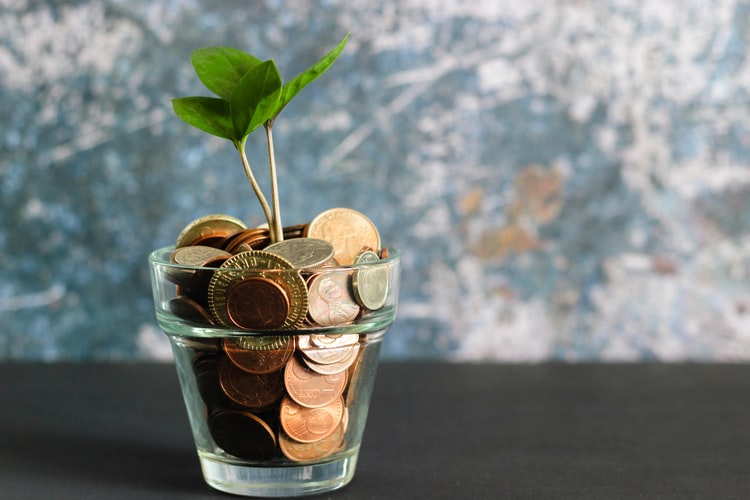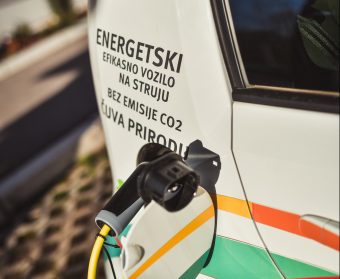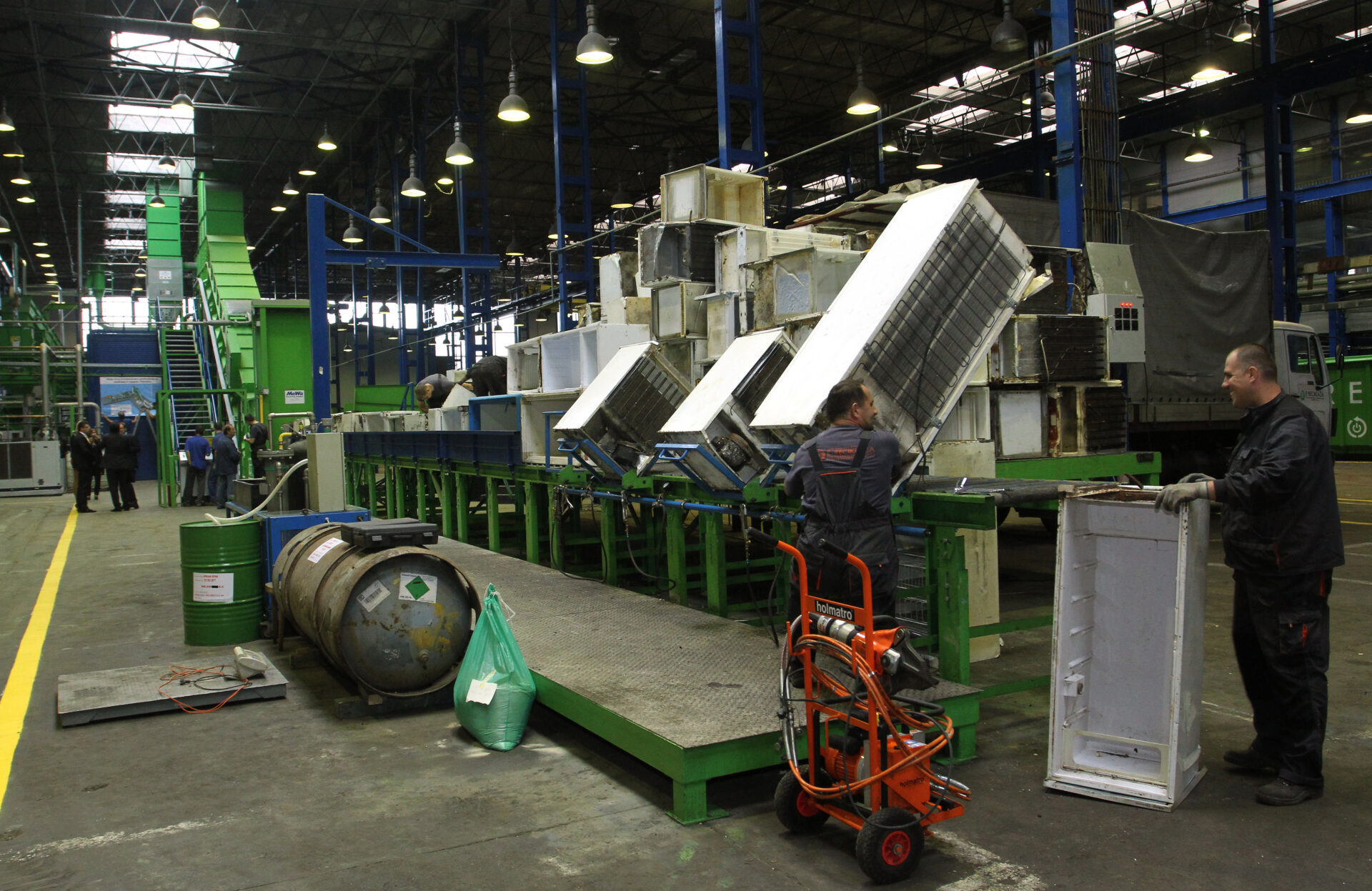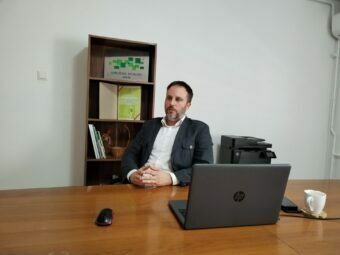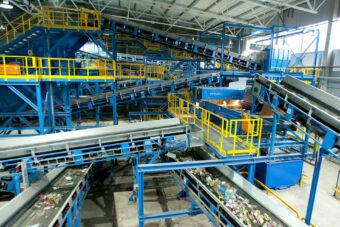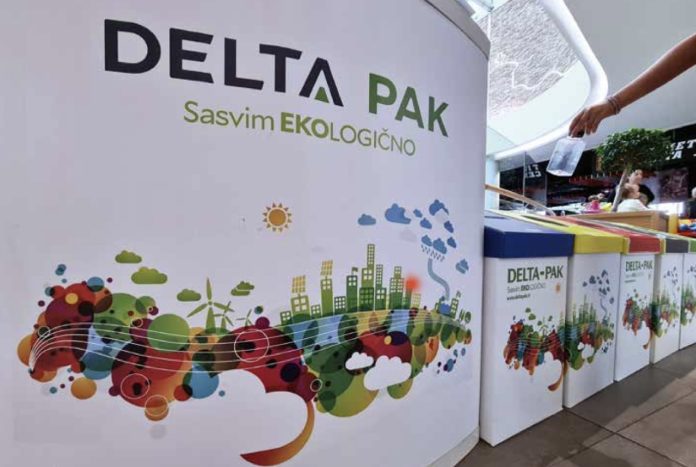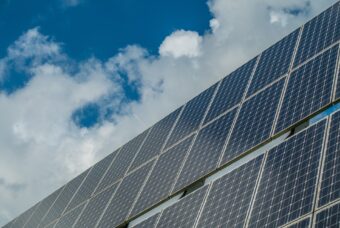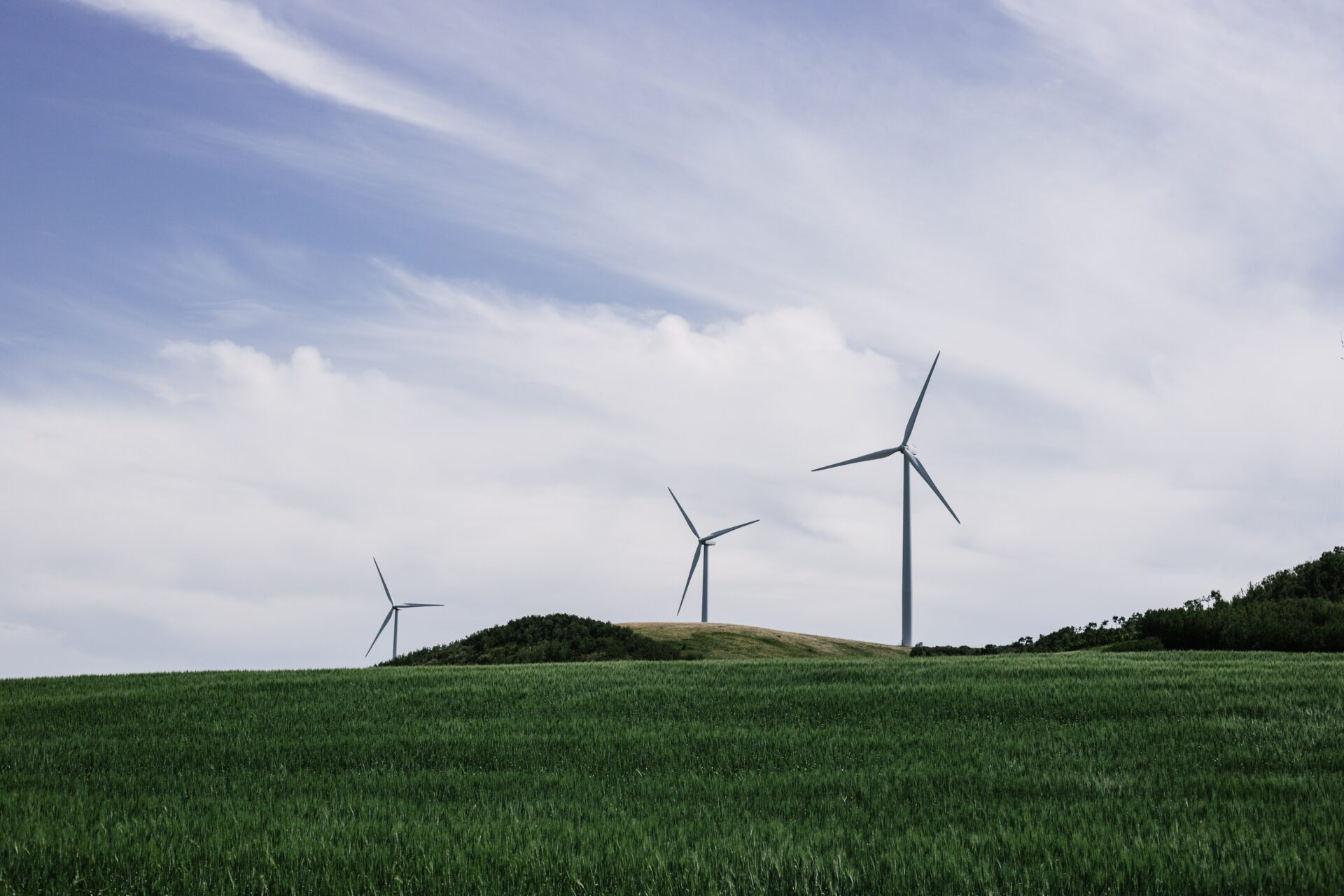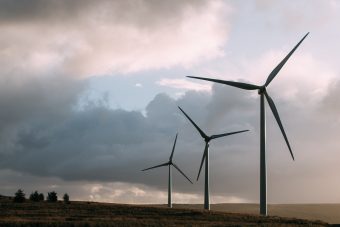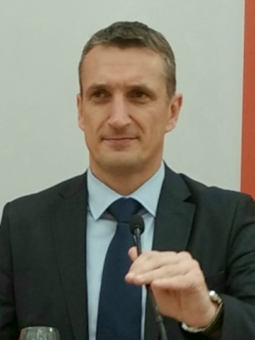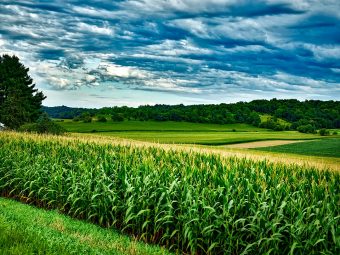
Chances are you’ve heard of kombucha, a drink made from green or black tea with added sugar and bacteria or yeast. You may have even wanted to check out its widely known medicinal properties, which referential laboratories now confirm. Or, during preparation, you were repulsed by the gelatinous lump that formed on the surface of the container as a result of the fermentation process. This gelatinous mass gave a completely different ecological idea to an artist from Novi Sad.
Adrienn Újházi is a painter who examines the relationship between man and nature in her artwork. She also advocates a special artistic practice called bio-art, which implies using of biotechnology and organic material suitable for different media such as painting, drawing, video and installation. Her goal is not only artistic but also ecological. Adrienn wants to create, but in such a way that synthetic materials are used only when necessary and that her artwork creates minimal waste. In her interview for Energy Portal Magazine, Adrienn reveals her research journey from kombucha to SCOBY and what she learned along the way.
EP: How did you come up with the idea to make SCOBY?
Adrienn Újházi: Every summer I spent at least 2 to 3 months with my grandparents in the countryside. For most of that time, I was surrounded by plants and animals that became the main inspiration for my creation in the field of visual art.
I wanted to use as few synthetic materials as possible in my work and produce as little waste as possible. That’s how I came across the kombucha drink. This drink was mostly consumed in the second half of the 20th century, and in almost every house, there were several bottles of this liquid with the SCOBY culture. My further research into this material officially began when I made the first round of this drink.
IN FOCUS:
- PERFECT TIMING AND THE RIGHT PARTNER FOR BUILDING A SOLAR POWER PLANT
- ENVIRONMENTAL PROBLEMS CAN ONLY BE SOLVED THROUGH A JOINT EFFORT
- SIEMENS — CREATING AN ENVIRONMENT THAT CARES
EP: Could you describe how is this material made and its use?
Adrienn Újházi: Kombucha is obtained through fermentation, usually of black or green tea. During this process, microorganisms are activated, and a bio-film is created on the liquid’s surface, resulting in the SCOBY material, an acronym that actually means ‘symbiotic culture of bacteria and yeast’. Another name for this material is bacterial cellulose. The material can be treated in a number of ways — dyed with different pigments, dehydrated and transformed into a fixed state, as well as mixed with other, different natural materials.
The goal of this process and research is to find suitable biodegradable resources, like SCOBY. The choice of material is correct if, through a natural process and with the help of bacteria, the mushroom becomes degradable, i.e. after a certain time, it starts to decompose. This kind of processed material can be used for different purposes. One example of its potential global application is the alternative to “vegan leather”, which is made exclusively from plant and organic materials. The material can be used in different spheres of design such as packaging and interior design.

EP: How do you plan to present it to the general public?
Adrienn Újházi: The material has been presented in different forms so far. I started to promote it through my artistic practice and present its character in different media. It mainly includes two-dimensional works in smaller and larger formats, photo and video documentation, audio, light boxes, prototypes like bio hats and smaller experimental pieces in Petri dishes, ready-made objects and more.
Opportunities for promotion were mainly at cultural events and other types of events in Serbia and abroad. These were mostly activities that were realized in cooperation with non-governmental organizations, institutions, curators and artists in the form of individual or group exhibitions, biennials, art fairs, open discussions, panel discussions, lectures and workshops.
EP: Do you expect this material to be widely used in the future?
Adrienn Újházi: Disseminating information and education is necessary for people to understand the benefits of such materials. We are currently working on it, and we have noticed that there is, albeit a small, circle of interested people who are ready to explore. That is why I believe that the SCOBY material has the potential for widespread use. At the same time, more experts, time and resources are needed to achieve this goal. I am very grateful that, thanks to the cooperation with my friends and colleagues, I can implement the first project based on promoting sustainable materials like SCOBY. The project is called BIOFABRIKA and was implemented through the ReAktor Citizens’ Association and is supported by the European Capital of Culture — Novi Sad 2022 Foundation.
Prepared by: Milica Radičević
Read the story in the new issue of the Energy portal Magazine Waste Management.


